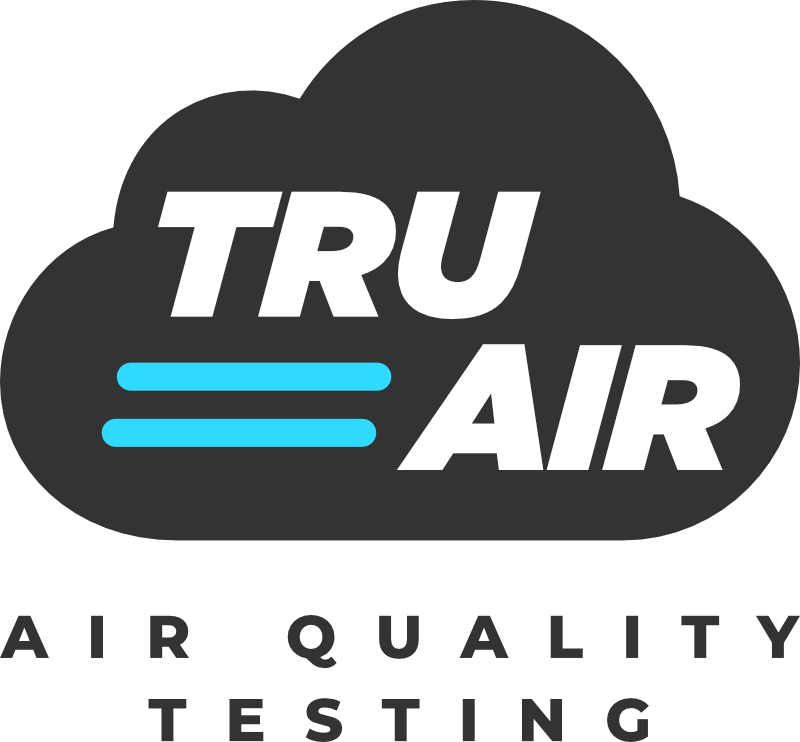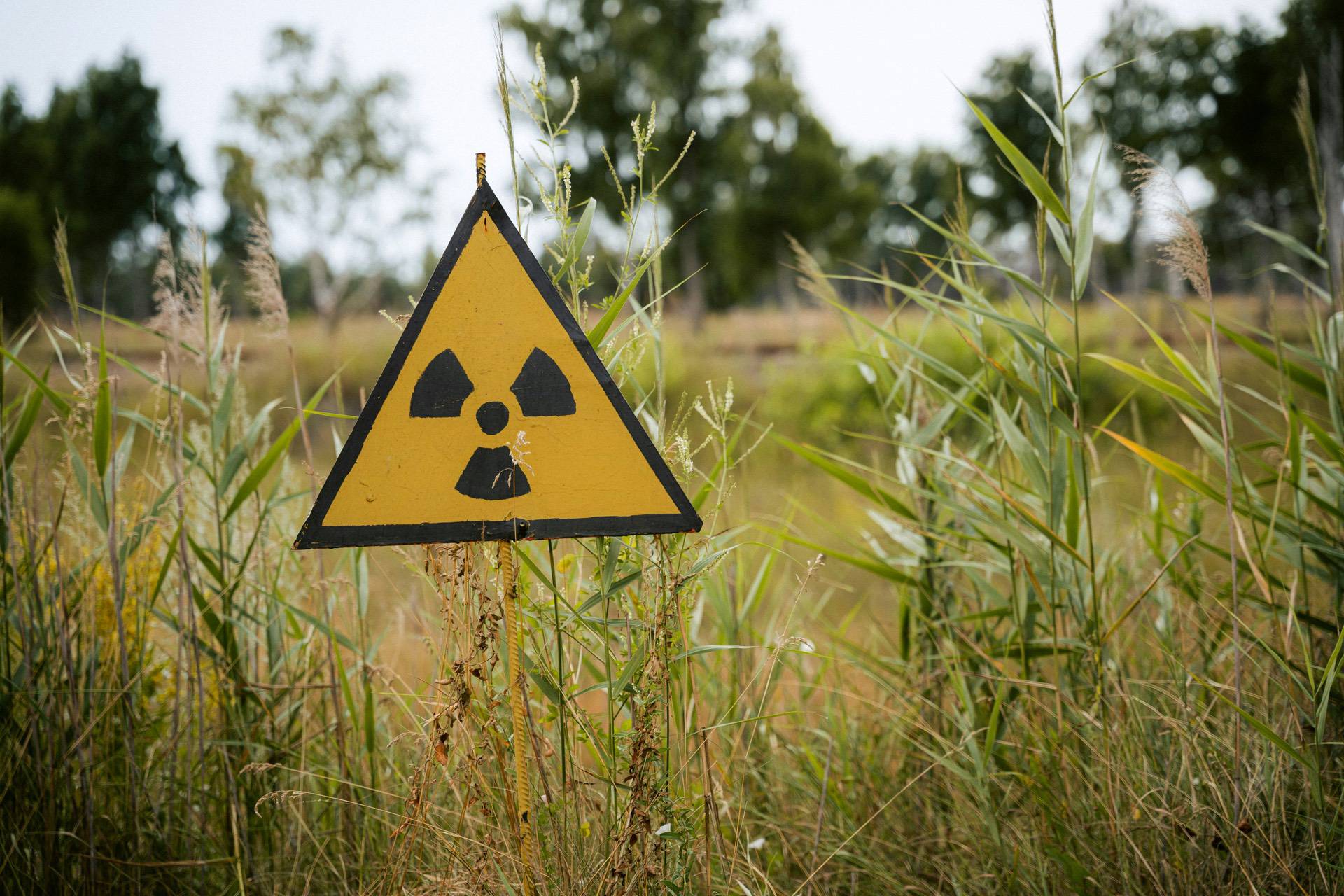In the realm of indoor air quality, there’s a silent, invisible intruder that could be lurking in your home, posing a serious threat to the health of your loved ones: radon. Despite being colorless and odorless, radon is a radioactive gas that can seep into your home from the ground, accumulating to dangerous levels. In this blog post, we’ll explore the significance of radon testing and why it should be a top priority for every homeowner.
Understanding Radon
Radon is a natural radioactive gas produced by the breakdown of uranium in soil, rocks, and water. It enters homes through the ground and can accumulate in enclosed spaces, especially in basements and lower levels. Long-term exposure to elevated levels of radon is a known cause of lung cancer, making it the second leading cause of lung cancer after smoking. Health Canada estimates that approximately 7% of homes have high levels of radon. Radon is the second-leading cause of lung cancer, after smoking, accounting for 16% of lung cancer deaths, or 3,200 deaths in Canada, annually.
The Silent Threat
One of the most concerning aspects of radon is its stealthy nature. You can’t see, smell, or taste it, making it imperceptible without proper testing. Homeowners often underestimate the potential risk, assuming that if their neighbors haven’t tested for radon, there’s no reason to be concerned. However, radon levels can vary significantly even between adjacent homes, and testing is the only way to know for sure.
The Crucial Step: Radon Testing
Testing your home for radon is a straightforward yet essential measure to safeguard the health of your family. Radon test kits are widely available and can be easily obtained from your local hardware store or, the preferred method, through professional indoor air quality services. These tests typically involve leaving a small device in your home for a specified period, which is then sent to a laboratory for analysis. Health Canada recommends testing for radon every two years, or more frequently if you’ve recently renovated your home or changed its foundation. High radon levels can be mitigated through various methods, such as installing a radon mitigation system, which helps vent the gas safely outside.
Benefits of Radon Testing
- Health Protection:
By identifying and addressing elevated radon levels in your home, you’re taking a crucial step toward preventing long-term health issues, especially lung cancer. - Peace of Mind:
Knowing that your home is free from this invisible threat provides peace of mind for you and your family. - Property Value:
Homes with documented low radon levels are likely to be more attractive to potential buyers, as it reflects a commitment to a healthy living environment.
Conclusion
In the pursuit of a safe and healthy home, radon testing should be a top priority for every homeowner. The invisible threat of radon can have severe consequences on your health, making it essential to take proactive measures. By investing in radon testing and mitigation, you’re not only ensuring the well-being of your loved ones but also contributing to a safer and healthier indoor environment for everyone who enters your home. Don’t let this silent intruder compromise your family’s health – test for radon today!

